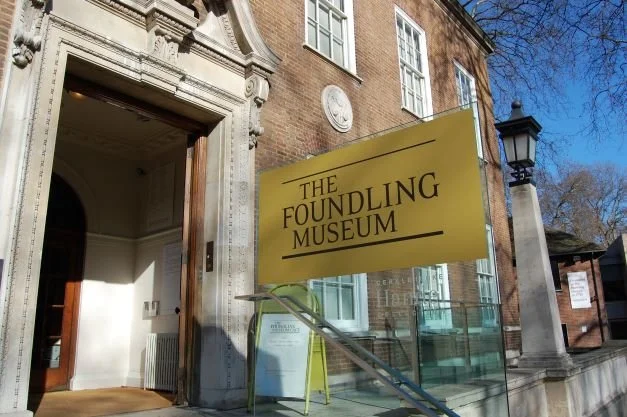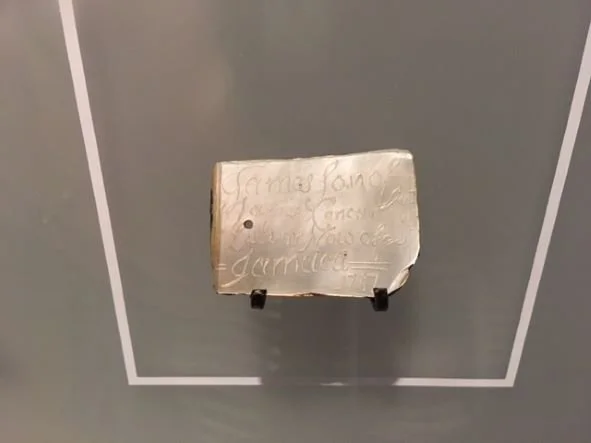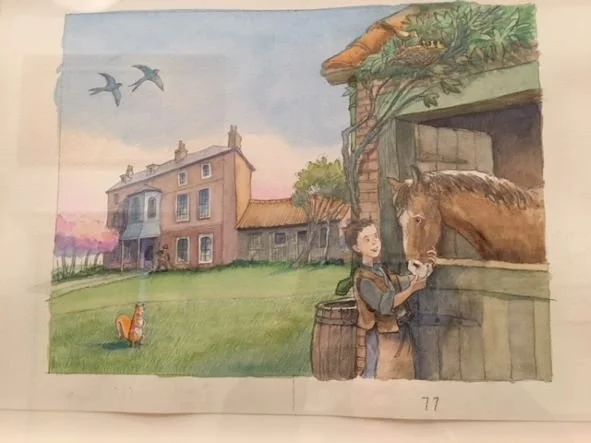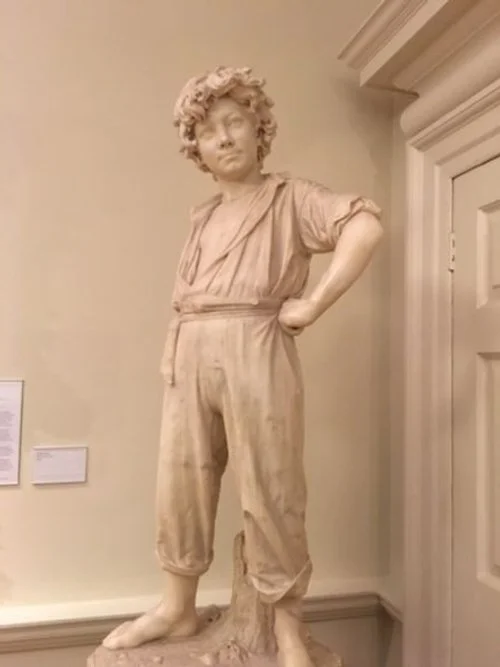The Foundling Hospital
In 1739, having campaigned for seventeen years before receiving a Royal Charter from King George II, Thomas Coram, a philanthropist, established a hospital to care for babies at risk of abandonment. . Coram was appalled by the conditions children faced in London: though the city was wealthy and powerful, it was also polluted and full of disease. Child mortality rates were extremely high and each year, many babies were abandoned by their parents made desperate by extreme poverty, illness or illegitimacy. It is estimated that around a thousand babies a year were abandoned in London alone.
‘Foundling’ is a term applied to children, usually babies, that have been abandoned and are then discovered and cared for by others. The Foundling Museum opened in 2004, continuing as the children’s charity, Coram.
Initially, parents were asked to ‘…affix on each child some particular writing or other distinguishing mark or token so that the children may be known hereafter if necessary.’ Each would be given a new name when taken into the Hospital and these tokens would help prove that any claim on them was genuine. Many of these poignant tokens are on display, a moving reminder of the heartbreak parents must have experienced.
As well as those reflecting the history of the Hospital, The Foundling Museum regularly hosts other exhibitions. IN 2018, I saw the artwork by Jackie Morris from ‘The Lost Worlds’ and also Michael Foreman’s illustrations from ‘Lucky Button’.
The Foundling Museum has provided inspiration for a number of children’s novels. At times distressing, Jamila Gavin’s ‘Coram Boy’ is an incredibly powerful and moving story, full of historical detail. It’s a must-read! Sadly, despite the good intentions of Coram, impoverished and desperate parents outside London would pay carriers to take their ‘unwanted’ children to the Foundling Hospital and many failed to reach their destination as they were abandoned or murdered along the way. (See Dan Cruickshank’s ‘The Secret History of Georgian London’). In ‘Coram Boy’, Jamila Gavin starts with this snippet of history and has created a gripping, challenging read.
‘Lucky Button’, by Michael Morpurgo, is beautifully illustrated by Michael Foreman’s captivating watercolours. Jonah has always struggled to fit in at school and suffers at the hand of bullies. He has to look after his mother who is unwell. One day, he meets an old ghost, Nathaniel, who tells him about his life at the Foundling Hospital. It was artwork from this story which was used in the exhibition I visited in 2018.
Jacqueline Wilson’s ‘Hetty Feather’ is also about a child left at the Foundling Hospital in 1876 which was made into a television series. In 2017, the Museum held an exhibition called ‘Picturing Hetty Feather’ which ‘explored the ways in which writers, directors and designers have used historical evidence and factual gaps to bring the nineteenth-century Foundling Hospital to life.’
The Foundling Museum is well worth a visit and is somewhere I regularly return. You can also visit Coram’s Fields which is a children’s only park and playground, open all year round for children under 16 years old. Their policy is that ‘no adult can enter without a child’!
The Foundling Museum
40, Brunswick Square
London
You can find out more on their website.








